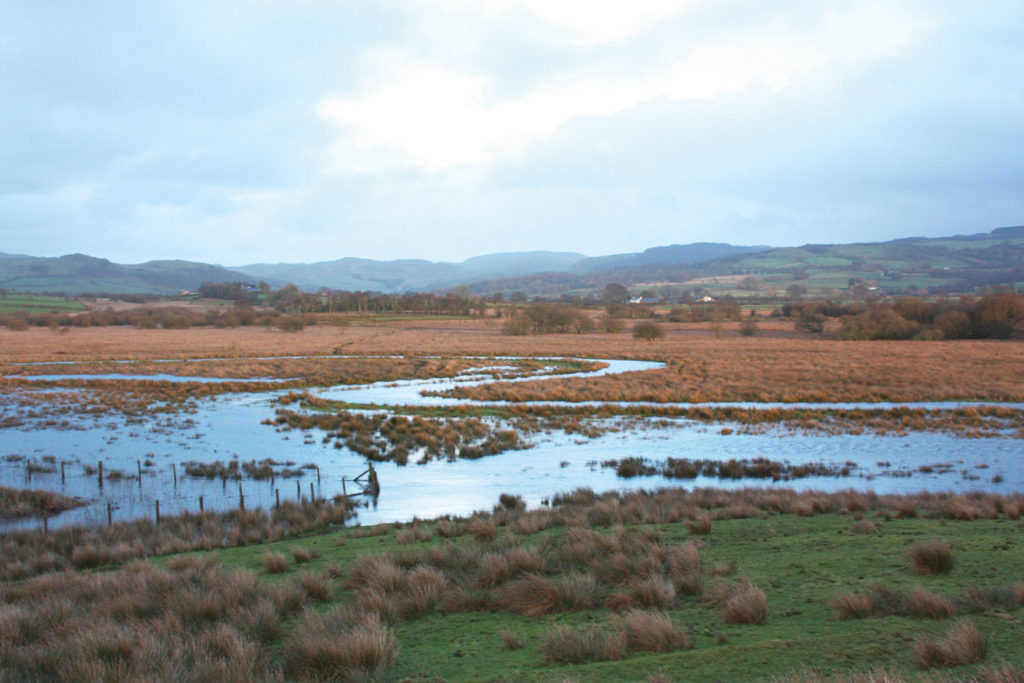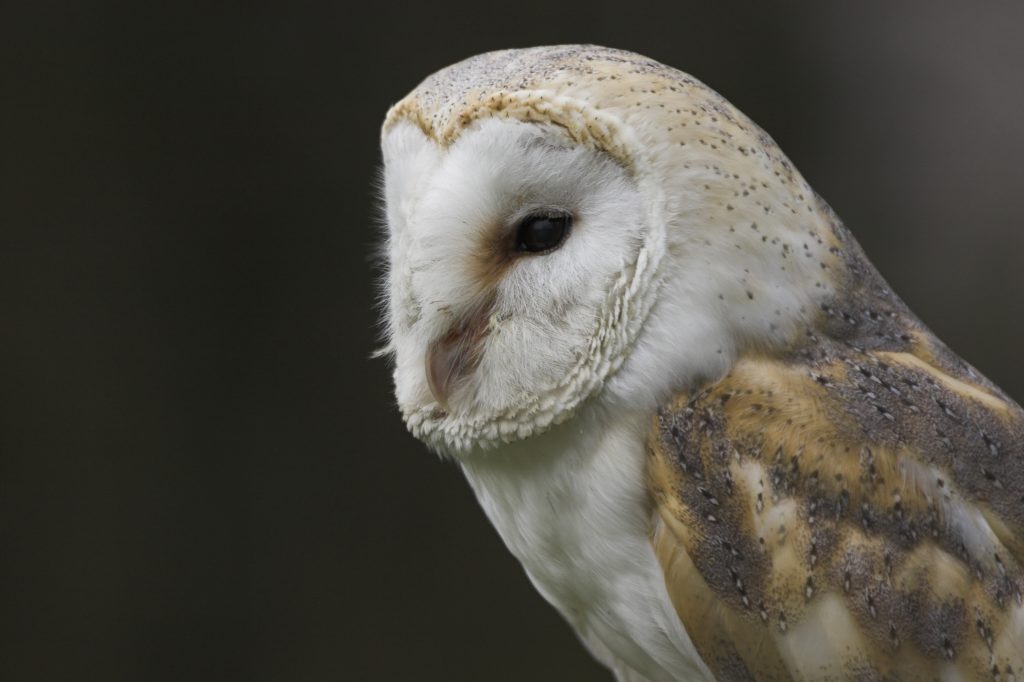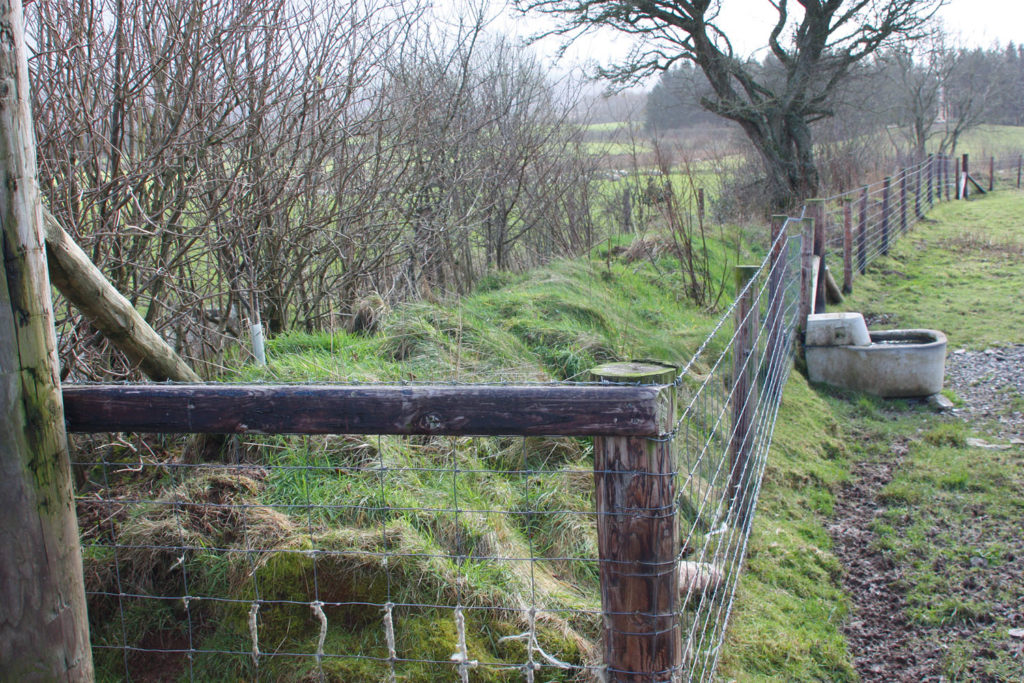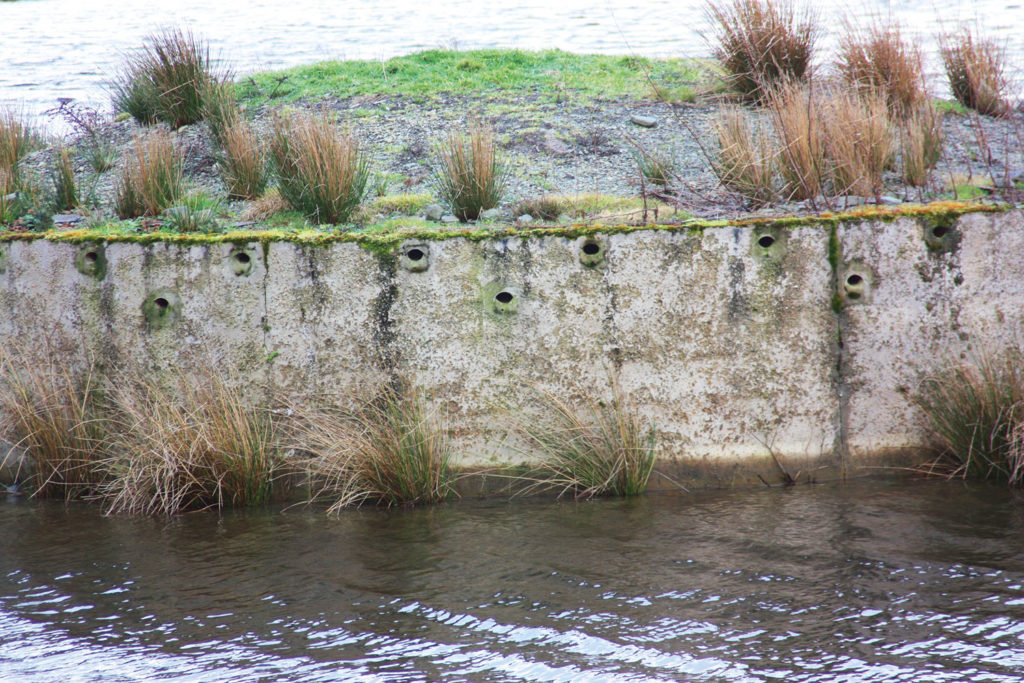How Terry Mills transformed his Ceredigion farm into a habitat haven

After travelling the narrow, winding pass through the wild beauty of the Cambrian Mountains in Ceredigeion, you descend into the magical landscape of the broad Teifi river valley. At its centre, encircled by hills, is the vast wetland of Cors Caron, the largest raised bog in Britain. Its unusual topography of scrub on wet peatland built up over 12,000 years is reminiscent of Arthurian legends, and its remoteness provides a rare tranquillity.
Famous for being a safe haven for previously rare species such as the red kite and the polecat, the region has the appearance of a wildlife paradise, but its biodiversity has declined in recent decades. Like many other parts of the country, headage payment for sheep in the 1970s and 80s led to overgrazing and the loss of mixed farming with its arable fields and hay meadows.
Farm facts
- Location: Tregaron, Ceredigion
- Type of farming: beef, sheep
- Acreage: 720 (510 farmland and woods, 210 wetland)
- Area in conservation measures: 100%
- Funding grants: Glastir Advanced
The challenge of restoring a piece of countryside with potential to host a wide range of species was one of the things that drew Terry Mills and his wife Jo to Cruglas Farm on the edge of Cors Caron, and since they took it on in 1996 wildlife has returned. As an ornithologist who has been fascinated by the natural world all his life, Terry keeps meticulous records. He said: “80 species of bird have bred here of 144 sighted. We have 26 types of butterflies, nine species of bat and almost every large mammal. The farm was not rich in biodiversity when we moved here, but nature is incredibly rewarding, if you produce the right habitat.”
The most dramatic effects have been where grazing has been reduced or restricted altogether. Cruglas is 510 acres and Terry rents another 210 acres from the National Nature Reserve, which borders the farm. Over time he has reduced his flock from 800 to 550 breeding ewes. He said: “Areas fenced off from livestock have shown the most dramatic results with many species re-emerging including marsh cinquefoil, purple loosestrife and devil’s bit scabious.”

But he would stop short of total rewilding and believes farming and conservation can work together. “Of the 720 acres we manage, only 200-300 is half-decent farmland, so there is plenty of room to create more wildlife habitat as well as producing food.”
The land rented from the nature reserve is a good example. It is grazed by a small suckler herd of Welsh Black cattle in summer with the agri-environment grant coming to the farm. When sheep were on the bog they grazed most plants but left the juncus grass, which then dominated, and it has taken ten years for the cattle to begin to clear it, allowing important species such as sphagnum moss, bog beans and heath spotted orchids to thrive. Terry said: “Welsh Black are much better foragers than Continental breeds. They graze in a methodical way, eating the rough grasses like a herd of wildebeest moving slowly across the plains.”

In winter the hardy cows are taken off the bog but remain outside. Their cowpats produce a lot of worms, and woodcock flight up from the bog every evening to feed in the fields, which are softened by the hooves. Terry feels banning supplementary feeding of livestock to prevent the ground being poached could be damaging to bird life. “It shows a complete misunderstanding of land use. Poaching is only a problem in areas near water courses. Starlings and lapwings come and feed in the fields because they are poached, and I’m sure part of the reason you don’t see as many yellow wagtails anymore is because there are fewer cattle out in winter.”
There’s no doubt that the dedication and skill of stockman Aled Thomas in managing the grazing regime has played a large part in the success story. The other major transformation has been the restoration of many traditional features lost to grazing. Most of the hedges were eaten out when the Mills arrived, so Terry got hold of the old tithe map from 1781 and replanted the hedgerows marked on it, 16km in total.

Traditionally, stones cleared from the fields were piled up and a hedge planted on top. Many of these lines of stones can still be found marking old field boundaries, but there’s not enough soil to plant on them. Instead, two mixed hedges are planted either side and then fenced off. For variety, some remnants of old hedges with trees in them have been left and the rest aren’t cut lower than 2.5m and then only at the very end of winter. This maintains a larder for the large flocks of overwintering farmland birds including redwing, fieldfare and starlings.
Terry said: “I once saw 100 redwing strip a holly bush of berries in 20 minutes. Hedges are vital habitat for birds. I’m sad to see they are often cut right down and allowed to dwindle. Perhaps, if there was more financial help to manage them, they wouldn’t be so neglected.”
To date, 160,000 trees and shrubs have been planted at Cruglas, including 50 acres of deciduous woodland. There are new tree plantations on the most unproductive ground spread throughout the farm. 20 acres of hay meadows have been restored, allowing the wild flowers to return and game crop mixes of kale, millet and triticale provide food for songbirds that would have been more readily available on a traditional mixed farm. At 550ft not all game crops will germinate, but brassicas do well, attracting sparrows, finches, redpolls and siskins.
12 new ponds around the farm provide breeding grounds for ducks and geese in spring. One pond even features an artificial bank with pipes to provide safe nesting holes for sand martins. In winter, Terry puts out barley for migratory wildfowl, including about 400 teal and 200 mallard, and he is particularly proud of a troupe of rare whooper swans, which take up residence every November.

Foxes, magpies, crows and squirrels are controlled in spring to protect nesting songbirds. The polecat traditionally associated with this part of the world is considered a voracious predator, but Terry believes there has not been the population explosion people feared and their reputation is undeserved. Otters kill young wild ducks and take the trout that Terry introduced to his new ponds, but he believes current regulation around predator control has the balance right, especially when it comes to birds of prey, which he welcomes.
Long-eared owls and hobbies nest in the woods, making their homes in old crows’ nests, and Terry once had his hat knocked off by a hen harrier. This part of Wales is famous for goshawks and a pair regularly breed on the farm. They do not pose a threat to the 500 pheasants released on the small family shoot; in fact they help control corvids, which take the wild pheasant chicks and eggs. Terry said: “When a goshawk decides to kill a crow it’s like a slow-motion cruise missile. As soon as it locks on, the crow makes a pitiful noise as it knows there’s no escape.”
The habitat creation and predator control means Cruglas outperforms the neighbouring nature reserve in terms of conservation. He said: “I do the Wetland Bird Survey counts for the British Trust for Ornithology on the farm, and my friend Andy does southern part of the reserve. We have 700 acres, he’s counting on 2,000 acres, and generally Cruglas has two thirds of the waders and wildfowl. I’m perhaps most proud of our record on warblers – we have all eight species native to the area, and they have increased over the years.”
Conservation in numbers
- 144 species of bird seen, 80 bred
- 16km hedges
- 160,000 trees and shrubs
- 12 ponds
- 50 acres deciduous woodland

Terry would like to see other farms in the area adopt some of the conservation measures that have made Cruglas such a success but acknowledges the challenges. The farm benefits from a mix of revenue streams, with government grants making up about 50% of income, recently established holiday lets about 10%, and farming around 40%. He said: “I’m lucky to be able to put my profit back into wildlife measures. Making a living from sheep farming alone is very difficult, but there is now money available for landscape-scale conservation projects, and several of my neighbours have shown an interest.”
Looking to the future, Cruglas is part of an application for a grant for a community project aimed at restoring wildlife to Cors Caron. The bid for Sustainable Management System (SMS) funding from the Welsh Government is led by the GWCT and would see land managers working together to achieve clear goals. Terry is keen to keep improving habitat at Cruglas, with plans for more and varied cover crops. He said: “When I was young there was plenty of wildlife, but nature was regarded as the enemy of good farming, whereas now we need to see that it’s actually the farmer’s friend.”
This case study is taken from our book Working Conservationists Issue 2, available here for just £3.95.
